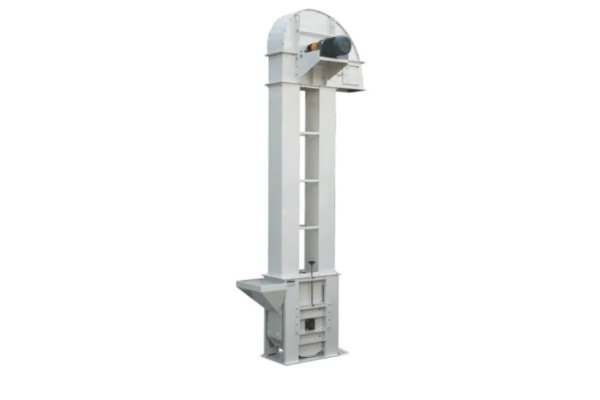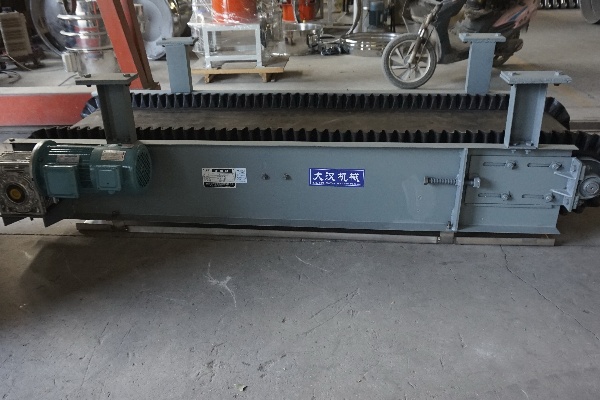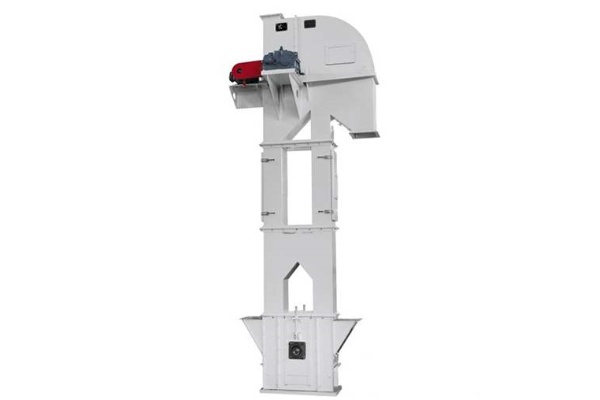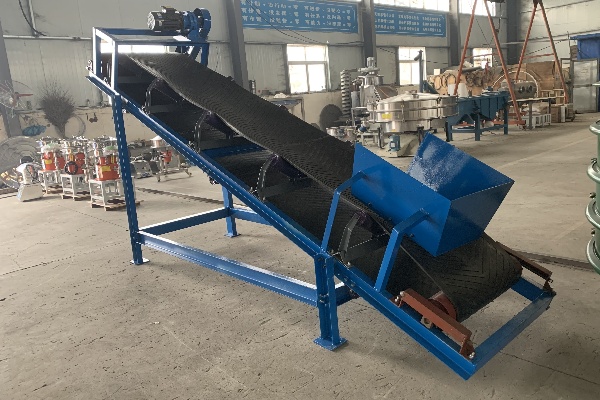Price of Rice Bucket Elevator
Thursday October-16 2025 14:40:19
As an important vertical conveying equipment, the price of Rice Bucket Elevator is not fixed, but the result of the combined influence of multiple factors. The quotations of rice bucket elevators of different types, specifications and configurations are obviously different. The price range is from USD 300 to USD 8,000. This reflects the diversity of the equipment in terms of manufacturing materials, production processes, and functional realization. Its price structure is mainly based on manufacturing costs, component procurement costs, and specific technical requirements.
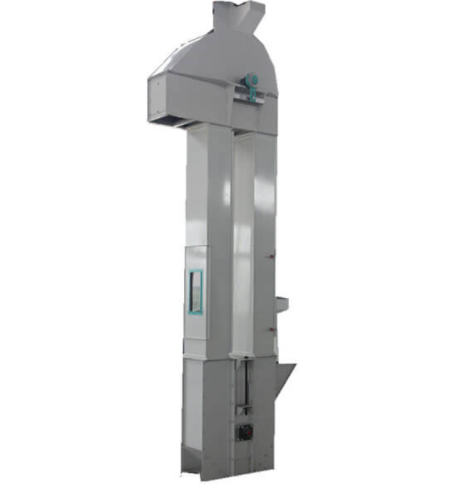
Rice Bucket Elevator Video Showcase
What are the types of Rice Bucket Elevator?
Rice bucket elevator is an important vertical conveying equipment used to lift bulk materials from low to high. According to the different traction components, rice bucket elevators are mainly divided into three categories: belt type, chain type and chain plate type. Each type has its specific structural characteristics, applicable material range and operating characteristics.
Belt type Rice Bucket Elevator
The belt type rice bucket elevator uses a conveyor belt (belt) as a traction component, and the hopper is fixed to the conveyor belt by bolts. Conveyor belts are usually made of materials such as high-strength rubber, polyester fiber or steel wire rope core, and have certain flexibility and tensile strength.
Advantages: Smooth operation, low vibration and low noise. The impact and breakage rate on materials are relatively low. The sealing is usually good, reducing dust spillage. The manufacturing cost is relatively low, and the initial investment may be small.
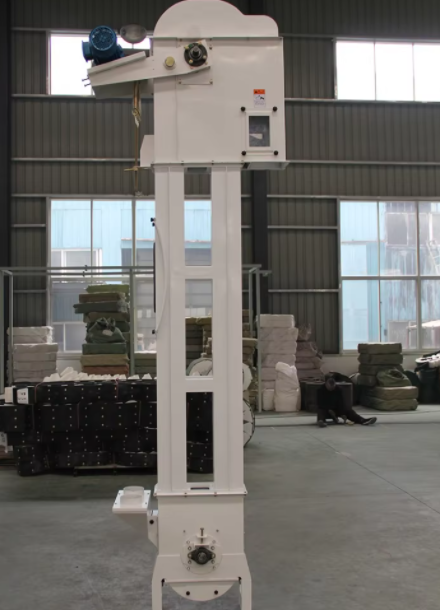
Chain-type Rice Bucket Elevator
The chain-type rice bucket elevator uses high-strength chains as traction components. The chain is usually single-chain or double-chain configuration, and the bucket is fixed to the chain through specific connectors. The manufacture of the chain involves precise processing and heat treatment to ensure its strength and wear resistance.
Advantages: Strong structure and strong load-bearing capacity. Good wear resistance and long life when conveying highly abrasive materials. Relatively high adaptability to material temperature. Able to achieve a large lifting height and conveying capacity.
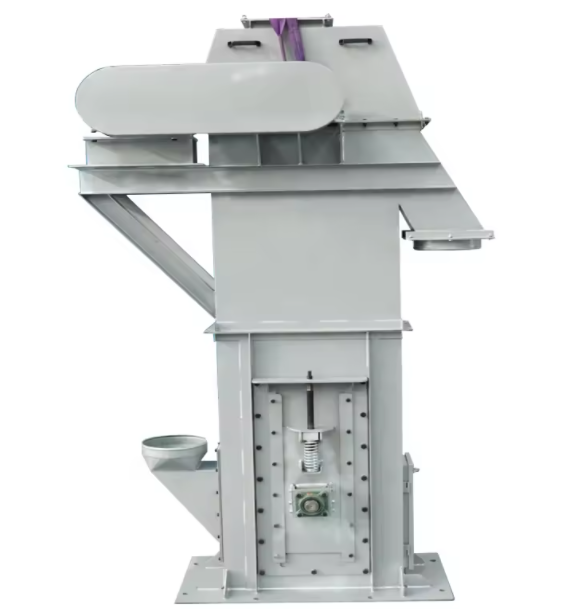
Chain Plate Rice Bucket Elevator
Chain plate rice bucket elevator is a variation of chain type, and its traction member is a chain connected by multiple chain plates. The hopper is usually fixed directly on these chain plates or fixed between the chain plates through brackets. The chain plate provides a wider load-bearing surface than a single chain and is usually designed to fit closely with the hopper to achieve continuous or semi-continuous conveying of materials.
Advantages: It has advantages in conveying large pieces and irregularly shaped materials, and the material breakage rate is relatively low. It has strong load-bearing capacity and can convey heavier materials than chain type. The structure is very strong and suitable for heavy loads and harsh industrial environments. It usually has a long service life.

Price of Rice Bucket Elevator table (reference)
| Model | Capacity (t/h) | Lifting Height (m) | Price (USD) | Application |
| TDTG20/11 | 5 | 4–6 | 850 | Small rice mills, test lines |
| TDTG36/18 | 10 | 6–8 | 1,200 | Medium-size grain transfer or storage |
| TDTG40/23 | 20 | 8–12 | 1,850 | Rice processing plants, feed mills |
| TDTG50/28 | 30 | 10–15 | 2,600 | Large grain drying or storage systems |
| TDTG60/33 | 50 | 15–20 | 3,800 | Integrated grain processing lines |
| TDTG75/40 | 80 | 20–25 | 5,200 | Grain logistics centers, automated rice plants |
What are the factors affecting the price of Rice Bucket Elevator?
The price of rice bucket elevator is affected by its type, material, specification parameters, drive system, supporting facilities, and market supply and demand. The following are the main factors affecting its price:
Lifting height: Lifting height is an important factor affecting the price. The higher the lifting height, the longer the required traction member (belt or chain), the more sections of the fuselage barrel, and the greater the material consumption of the structural parts. At the same time, in order to ensure the stability and load-bearing capacity of the equipment at high altitudes, thicker steel plates, stronger support structures, and greater motor power may be required, which will increase the manufacturing cost.
Conveying capacity (output): refers to the amount of material that needs to be lifted per unit time (usually measured in tons/hour or cubic meters/hour). The greater the conveying capacity, the larger the volume of the hopper, the faster the running speed, or the denser the hopper arrangement, which will lead to an increase in the overall size of the elevator and an increase in the power of the required drive system. The increase in hopper size and the increase in drive system power will directly push up the price of the equipment.
Bucket type and material: The shape of the hopper (such as deep bucket, shallow bucket, centrifugal bucket, gravity bucket, etc.) and material selection will also affect the price. Ordinary steel hoppers are relatively low in cost, while hoppers made of wear-resistant steel, stainless steel or special polymer materials will be more expensive due to their performance characteristics and manufacturing costs.
Motor power: Depending on the lifting height and conveying capacity, the required motor power is different. The greater the power, the higher the motor price.
Drive mode: Common ones include direct-drive type, belt drive type, etc. The choice of drive mode will also affect the structure and cost of the drive part.
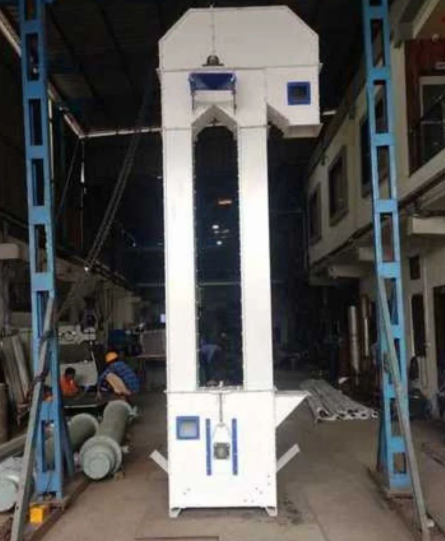
Price of Rice Bucket Elevator Solution
Prices increase from small equipment with a conveying capacity of 5-15 m³/h and a lifting height of 5-10 m to large equipment with a conveying capacity of 100-400 m³/h and a lifting height of 30-40 m. In dry environments with low hygiene requirements, carbon steel offers a cost-effective material, meeting basic strength and wear resistance requirements. In humid environments or food-grade production scenarios, 304 stainless steel is more suitable. Its corrosion resistance and easy cleanability prevent moisture contamination of rice and extend equipment life, but the cost is higher than carbon steel. The hopper and traction structure also vary in material. A plastic hopper with a belt is the cheapest combination, while a steel hopper with a chain costs $24-110 more per meter due to its high load-bearing capacity and durability.
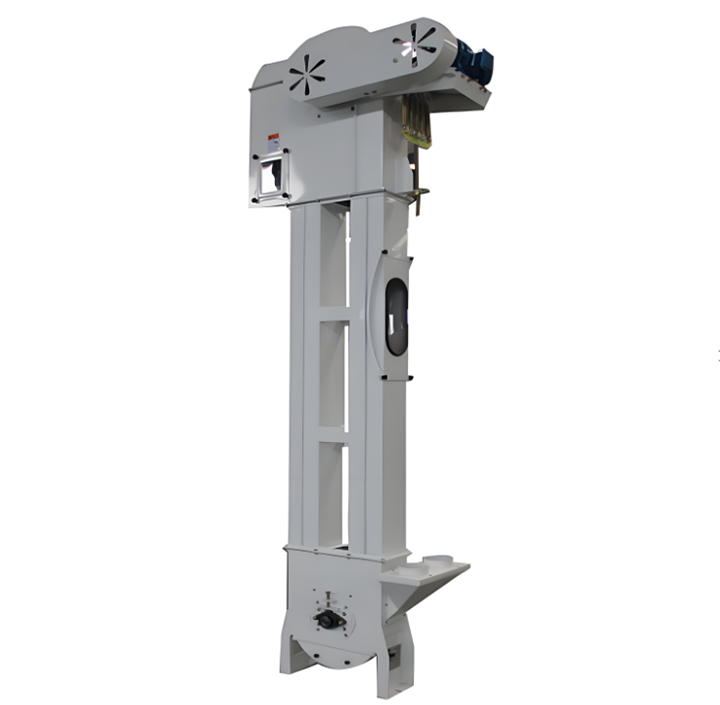
The price of Rice Bucket Elevator is a comprehensive reflection of its type, specification, material and configuration. Under current market conditions, this type of equipment is usually customized or selected according to the specific conveying needs of customers, rather than standardized products. Therefore, whether it is belt type, chain type or chain plate type, as well as determining the required lifting height and conveying capacity, it will be directly reflected in the final quotation. In addition, the choice of stainless steel material, special protection function or specific brand drive components will also adjust the cost of the equipment accordingly.
